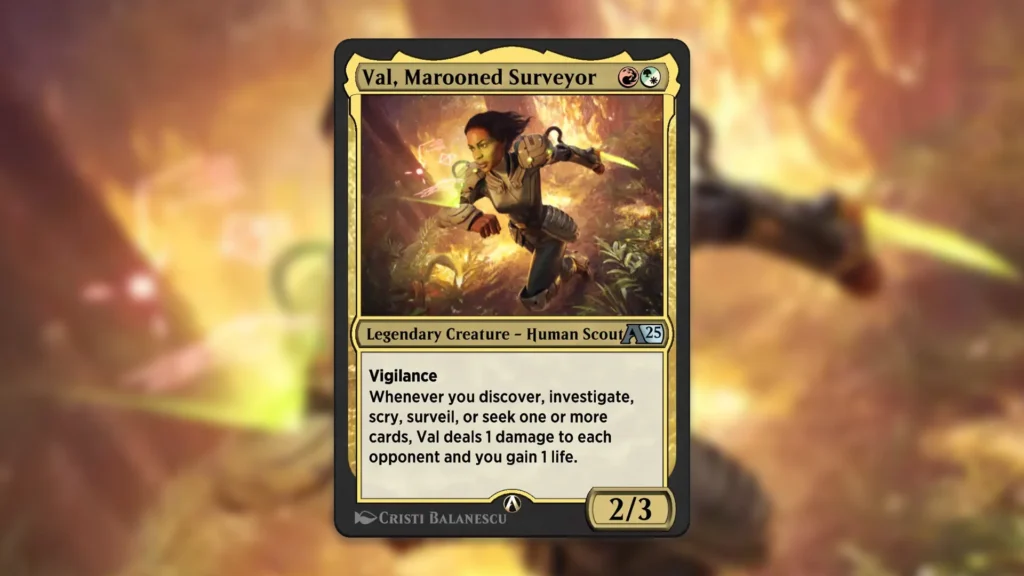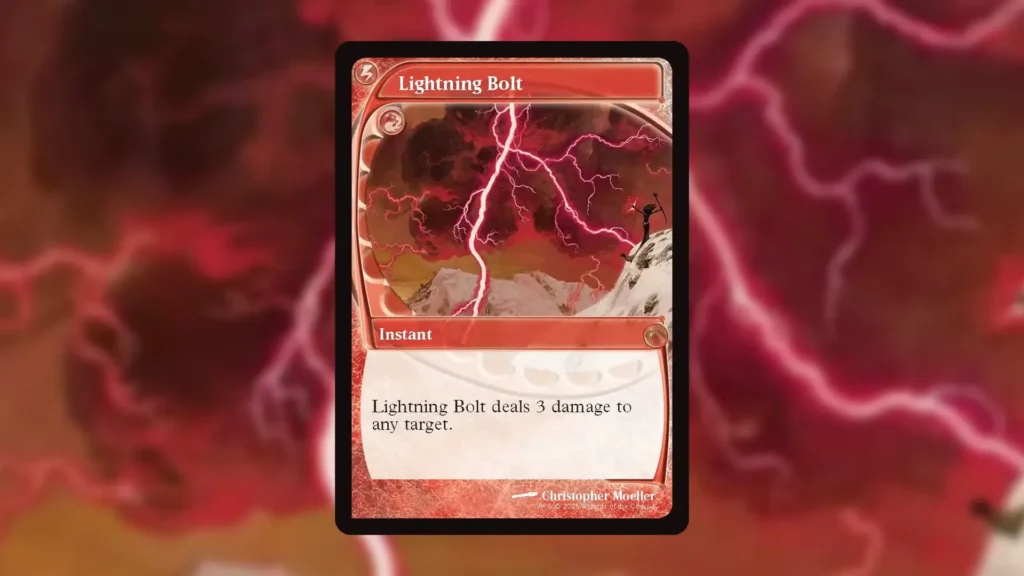Over the last couple years, MTG Arena has been flooded by incredibly powerful designs. The arrival of sets like Modern Horizons 3 and the more recent Arena Anthologies have completely shaken up the platform’s digital formats.
Unfortunately, not all formats have changed for the better. The Historic metagame in particular has become increasingly problematic. The speed of the format has risen considerably, and the gameplay isn’t all that enjoyable. While there may not be a simple solution, there are some notable issues that are keeping the format in Purgatory.
Land Problems

In my opinion, the number one issue plaguing Historic stems from the lands in the format and the lack of counterplay to them. Wizards of the Coast has been firm on their ban philosophy when it comes to the format as a whole. Since Historic was introduced in 2019, many forms of land destruction or land denial have been preemptively banned before even hitting the format. These cards range from multi-format staples like Blood Moon to niche disruptive options such as Spreading Seas.
Spreading Seas getting the day zero ban while other powerhouses like The One Ring entered the format with no issue (before eventually getting nerfed) resulted in a lot of negative reactions from the player base back in 2024. Many players complained about how the format was being managed.
The main justification from players for having Blood Moon and other similar effects on the banlist is that with Fetchlands out of the picture, the hate piece becomes a lot more difficult to play around. In theory, this makes a lot of sense, but having a lack of options to punish greedy manabases comes at a cost.
Over the last year, this problem has been exacerbated by the arrival of incredible new lands and metagame shifts that followed. First and foremost, Eldrazi decks have been dominant since the deck gained access to both Ugin’s Labyrinth and Eldrazi Temple. Being able to reliably cast Kozilek’s Command ahead of schedule turbocharged the archetype.
While not a new archetype, Lotus Field combo has also been thriving on the ladder. This deck is very fast, but more importantly, it is difficult for a lot of decks to interact with.
The lack of hate pieces means that these strategies relying on “Sol” lands (in reference to their resemblance to Sol Ring, one of the game’s most powerful sources of fast mana), Lotus Field, and other utility lands like Shifting Woodland are able to execute their gameplans without fear. This has had dire consequences on the format at large.
Fighting Fire with Fire

In most formats, there are solid archetype choices that fall into a variety of different domains. Ramp, aggro, midrange, control, and combo all being prevalent is generally a sign that a format is diverse and healthy. At this point, Historic is anything but.
Eldrazi and Lotus Field decks have successfully constricted the Historic metagame. Nearly all top tier archetypes fall into the ramp, aggro, or combo camp. Slower midrange or control decks have been left in the dust.
In the case of Eldrazi, cards like Ugin, Eye of the Storms or Sowing Mycospawn have brutal cast triggers. Even if they get countered, you’re still ahead on the exchange. As for Lotus Field combo, it’s tough for slower decks to compete with such a big mana advantage.
As such, in order for other players to have the best shot, they need to lower their curve drastically and present a very fast clock. Whether that means jamming Ocelot Pride out of Boros, cheating in Vampire haymakers with Sorin, Imperious Bloodlord or attempting to go infinite with Val, Marooned Surveyor (you can learn more about the combo here) you need to be fast to get under the decks with access to broken lands.
By allowing Magus of the Moon, Harbinger of the Seas, and other similar effects in the format, you give slower strategies a better opportunity to beat Eldrazi and Lotus Field combo. Even if Blood Moon proves to be too hostile as an enchantment, the creatures are easier to handle with Dismember. This way, you don’t fully cripple Eldrazi or Lotus Field as an archetype. Rather, you force these decks to respect hate cards and run answers to them, which makes for a healthier environment.
Going Further

Allowing these hate cards is the first step in improving diversity and play patterns, but there’s still more room for improvement. Some players have suggested that Historic suffers from the fact that the proactive threats and combos are much stronger than the reactive elements that could keep them in check. Free Counterspells like Flare of Denial are banned, as are efficient removal spells like Swords to Plowshares and Lightning Bolt.
By adding in some more cheap disruptive elements, you give midrange and control decks the tools necessary to combat the top tier decks. Lightning Bolt, for example, answers small threats out of Val combo and Energy, while simultaneously making it easier for control decks to close games against ramp decks alongside Snapcaster Mage. It elevates proactive decks like Wizards, though admittedly, there is a chance that Lightning Bolt could just break that archetype, so risk is still involved.
All in all, Historic is in desperate need of a complete ban overhaul. Technically, banning Eldrazi Temple, Lotus Field, and other sources of fast mana would be a start. With the goal being to promote archetype diversity and make gameplay feel less like two ships passing in the night. However, adding some sources of land denial, efficient counter magic, and better removal feels like a stronger option.
Besides, this method would help keep the banlist smaller, which has its benefits. As more broken cards continue to get added, problems will only get worse. It’s time for a philosophical change.
Stick with us here at mtgrocks.com: the best site for Magic: The Gathering coverage!
